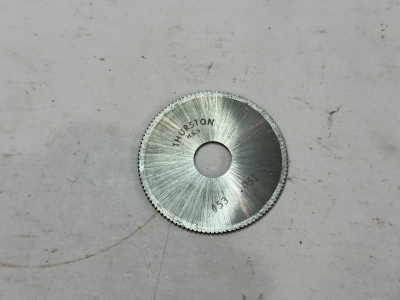- Joined
- Aug 9, 2023
- Messages
- 434
When cleaning a fixed gear bicycle drivetrain, do not put your fingers anywhere near the chainring or the sprocket while the rear wheel is in motion. I went through some old photos (not going to post them here) and found ones from my trauma surgery after I had done the aforementioned. Managed to lop a good bit off my index finger.
Last edited:


